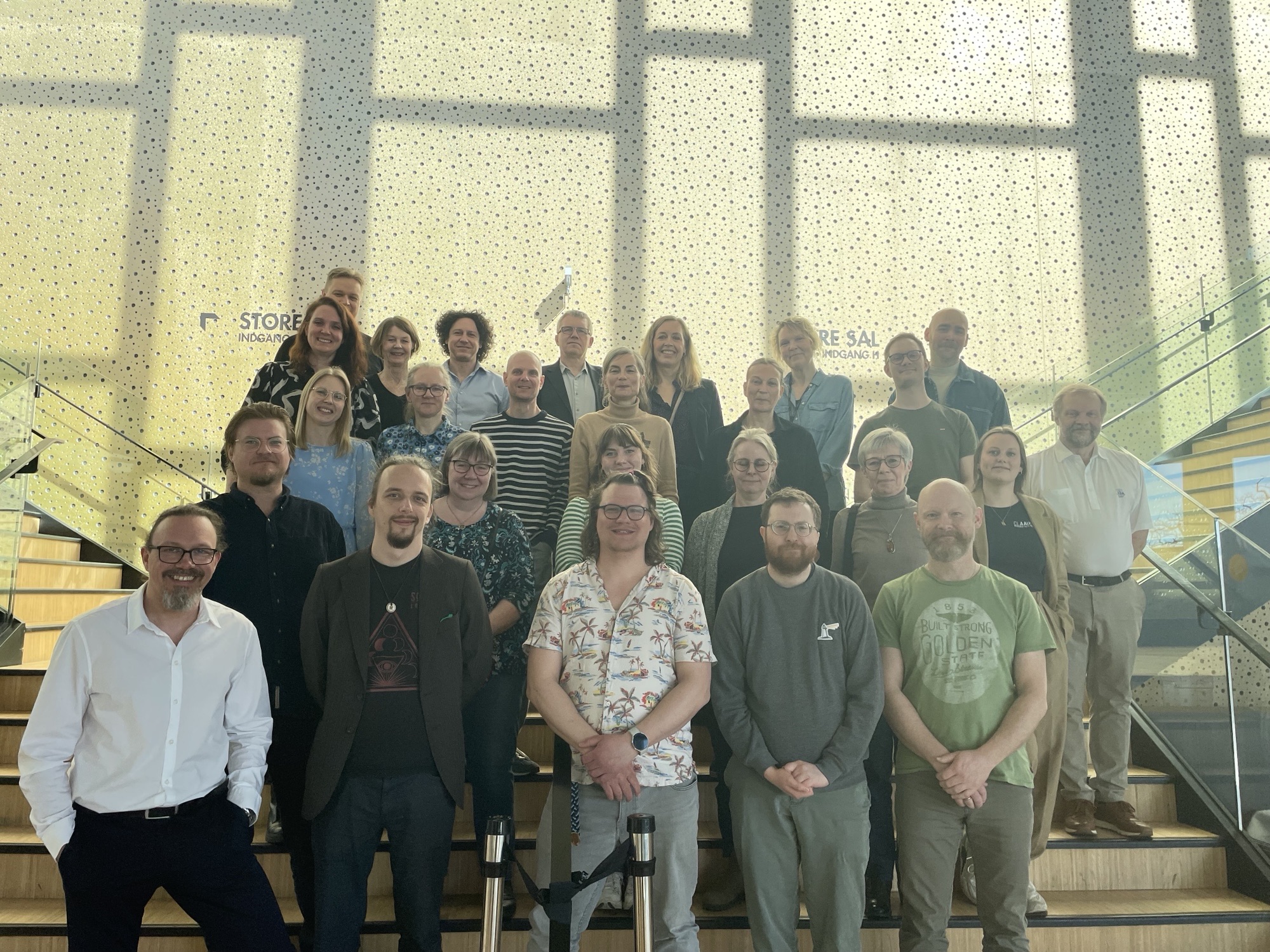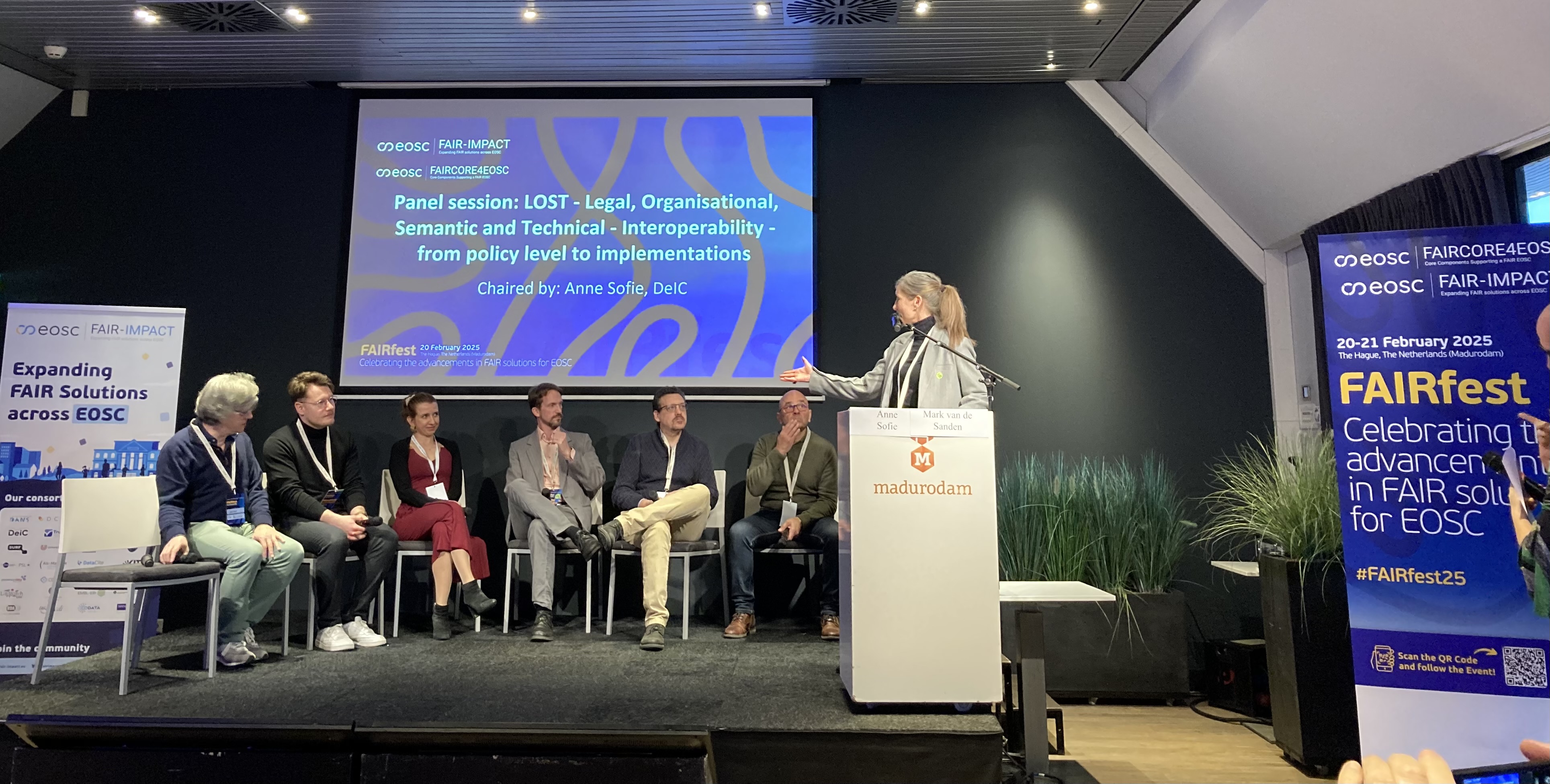Project framework
The Creativity in Blended Interaction Spaces (CIBIS) project develops and explores blended interaction spaces that support the creative potential of high-school students. The objectives are: 1) To demonstrate the potential for integrating multiple digital devices and analog materials in a shared environment, to support individual and group creativity. 2) To develop the theoretical foundation for the study of constraints on creativity, design ideas, generative design materials, and creative methods in design processes. (Link)
- Timeline: 2013-2018
- Number of people involved: 4 researchers and student assistants at CBS; > 15 researchers in the entire project.
- Number of institutions involved: 11 academic and non-academic institutions involved; collaboration between researchers from Copenhagen Business School and Aarhus University, several international companies, Danish high-schools and international universities.
- Funding through the Innovation Fund Denmark.
Knowledge of FAIR prior to case engagement
No prior knowledge
Which FAIR tools were used in the case and for what purpose?
The researchers did not used any FAIR tools during the project.
They would be interested in depositing their data for long-term preservation in a safe video data repository, if information security and compliance with GDPR were guaranteed (preserve source data, discover & re-use finalized data). There are currently no community-specific repositories for video data. Databrary is a video repository for the developmental sciences, but it does not support FAIR (yet): no PIDs, no licenses, no standardized metadata schemes available in the Databrary.
The researchers have developed project-internal procedures for data description and documentation, but would be happy to adopt community-specific guidelines and standards (document source data).
The researchers would like to publish their video data, but this is complicated because of the nature of the data (video) (release and preserve source data).
What were the main challenges of adopting the FAIR principles in this case?
- Sensitive nature of the video data – how can these data be made accessible at all (GDPR)?
- No community-specific repository for video data available (findability, accessibility)
- No community standards for FAIR video data available – which format, which resolution (storage space), which metadata should be used? (interoperability, reusability)
What were the main benefits of adopting the FAIR principles in this case?
- Boosting the reuse potential of qualitative data both for the researchers themselves (see benefit 2) and for the research community
- Keeping data accessible for a researcher’s own future research, since FAIR allows building data portfolios that last for a lifetime.
- FAIR helps preserving these data portfolios for future research, also from other disciplines.
Key learning points
- Infrastructures for FAIR data like repositories and metadata standards are not everything, but they play an essential role in making qualitative video data FAIR.
- The research culture has to change as well. This will not happen unless the career reward system for researchers is fundamentally revised.
Contact details
For further information on this case, contact Mareike Buss (mabu.lib@cbs.dk).



